Today, we’re talking about making your own gin! Although it sounds kind of intimidating, it’s super simple and requires a handful of specialized ingredients and very little time. Gin lovers, rejoice!
Of course, you could get complicated and use a still pot or mini-distillery, but… It’s actually illegal to distill your own liquor without a license, even just for personal use. So we’re just going to skip that distillation process so we don’t have to call our lawyers, OK?
Instead, we’re focusing on our very own bathtub gin; honestly, it’s basically just infused vodka (not to be confused with flavored vodka). Making gin requires a neutral spirit (in this case, vodka as the base spirit) and juniper– the rest is up to you!
I’m pretty sure I watched all the YouTube videos and read every article on this process so you don’t have to, so I’ll walk you through what I did to DIY my own gin.
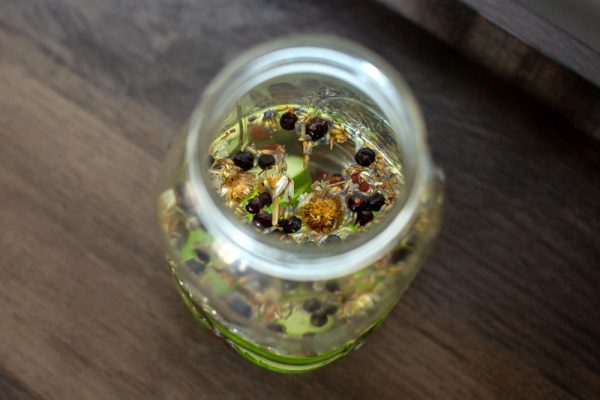
Copyright A Bar Above
But wait, why would you bother to do all this and not just buy a bottle of gin? I mean, why do we make anything instead of buying it? Well, for one, it’s fun to infuse alcohol. And right now, it’s something creative to do while safely hanging out at home.
Although I wanted to do a pretty straightforward, basic recipe, which I modified from Craft Gin Club’s recipe, I also got creative with the flavor profiles for a second gin. (To give credit where credit’s due, thanks to my husband for brainstorming with me and reminding me we had Szechuan peppercorns hiding in our spice cabinet.)
I really enjoyed putting together my own gin based on all the information floating around on the interwebs– and hopefully you will, too. You have the freedom to make something that suits your own taste (and raid your herb garden), and the best way to learn is to experiment! You could also geek out on all the different types of gin you could make.
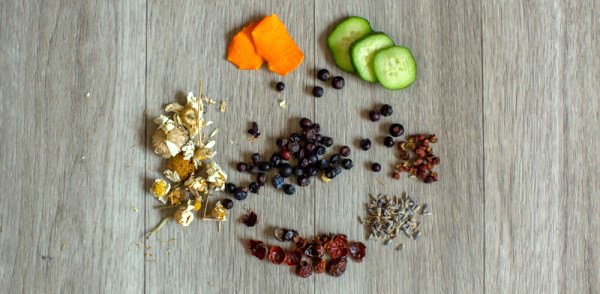
Copyright A Bar Above
DIY GIN RECIPE #1:
This recipe seemed like a safe bet for a straightforward, traditional batch of gin. I saw many similar recipes during all my research, but you can throw in a variety of botanicals to make your gin, just as long as you include juniper berries.
- 375 ml of good-quality vodka (about 12.5 oz or 1.5 cups)*
- 2 tbsp juniper berries*
- 1 cardamom seed
- 1 peppercorn
- ½ tsp coriander seed
- ¼ of a cinnamon stick
- 1 small, dried lemon peel*
- 1 small, dried orange peel*
Couple of notes about this gin recipe:
- I used a higher-quality vodka (which I’m not going to name because I feel a little bad that I took a nice bottle of vodka and turned it into gin) as my base alcohol for my gin distillate; you don’t want to use the bottom shelf stuff, but it doesn’t have to be top-shelf, either.
- I added an extra tablespoon of juniper berries to this gin recipe because I wanted a juniper-forward gin. As you’ll see in my observations at the end of this article, it may not have been quite enough…
- To dry your citrus peels, you can leave them out in the sun for a couple days before you make your gin. If you haven’t done this step beforehand, you can bake them in the oven on a parchment-lined baking sheet for 20-30 minutes at 200˚ F.
- Make sure to remove all the pith (white part) from your citrus peels. It’s very bitter, so you don’t want that!
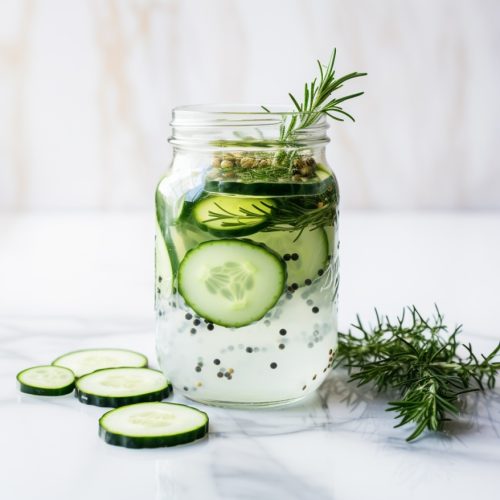
Copyright A Bar Above
HOMEMADE GIN RECIPE #2:
- 1 tbsp juniper berries
- ½ tbsp of loose chamomile
- 1 tbsp of rosehips
- ½ Persian cucumber, cut into slices*
- 1 tsp of lavender
- 1 small, dried orange peel
- 2 Szechuan peppercorns
Notes on this gin recipe:
- I used the cucumber I had in my fridge already; feel free to use a different kind (English cucumbers are popular in gin recipes), but don’t go too heavy-handed on it! More on that below.
- With everything else going on, I would up the Szechuan peppercorns to showcase them a bit more, based on your spice desire.
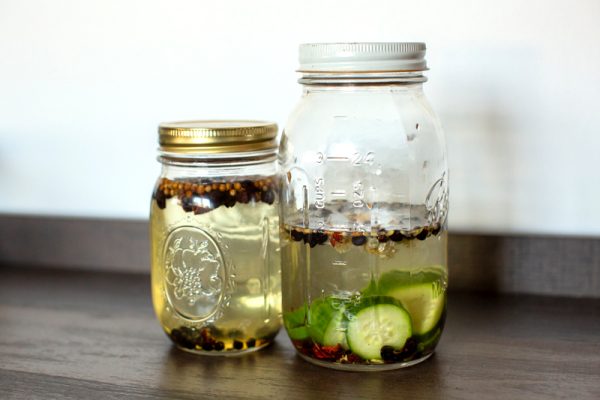
Copyright A Bar Above
DIRECTIONS FOR HOW TO MAKE GIN AT HOME:
Step 1:
Sterilize your glass bottles or Mason jar(s) in boiling water. If you haven’t pre-dried your citrus peels, do so now in the oven.
Step 2:
Add juniper and cardamom pods first and crush lightly with a muddler.
Step 3:
Add all other ingredients, except citrus peels. Top with vodka for your base alcohol.
Step 4:
Seal, give it a good shake, and let the jar sit in a dark place for 24 hours.
Step 5:
Taste the infusion to check flavor. Add your citrus peels and any botanicals that need a little extra kick of flavor.
Step 6:
Let your gin infusion sit for another 12-24 hours, giving it a gentle shake at some point in this sitting.
Step 7:
Fine-strain your gin to separate the liquid from the ingredients. I used a coffee filter and then placed a fine strainer underneath to make sure everything was really well-strained. (A lot of people use cheese cloth or just a paper towel.)
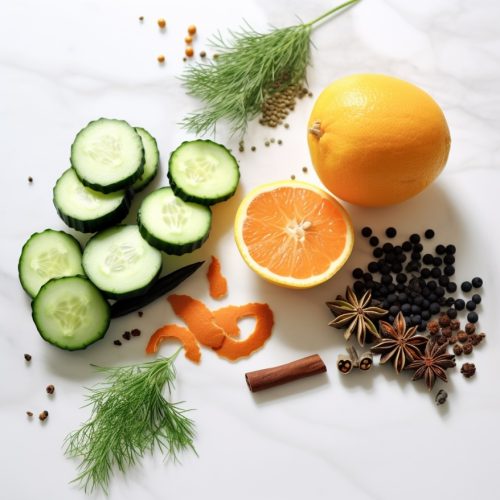
Copyright A Bar Above
Note on Steeping Gin:
I’ve seen some recipes that say to wait 24-48 hours for this second sitting, but be careful not to let your concoction steep too long. I ended up letting it sit for an additional 16 hours (mostly because I didn’t want to wake up at 4 am to make it an even 12, which would have been just fine).
The gin was already pretty strong after 24 hours, and I didn’t think it should go another full 24 hours. Next time, I may just let it sit with all ingredients for 24 hours, making sure to add the fresh peel of citrus from the very beginning.
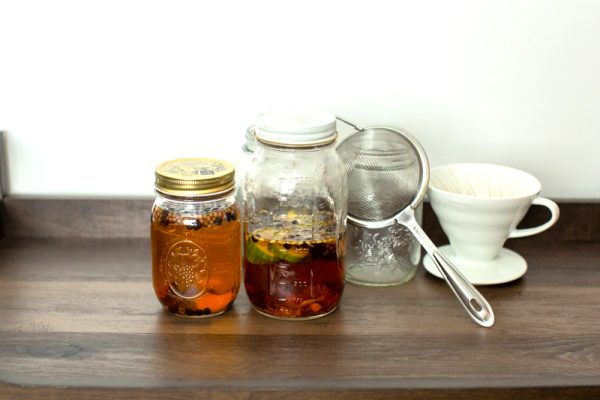
Copyright A Bar Above
FLAVOR TIPS FOR MAKING YOUR OWN GIN
- In the first gin recipe, the cinnamon ended up being so overpowering! My husband called it “the Christmas gin” after tasting it. I would definitely ramp up the juniper and other selection of botanicals and add a smaller piece of cinnamon next time because cinnamon was definitely the predominant flavor– and not in a good way.
In fact, I ended up re-steeping this gin with more juniper, peppercorn, and orange peel to even out the flavors. For us, this recipe wasn’t a winner the first time around. - Shockingly, we loved the second gin– which I completely winged based on 4 or 5 different recipes and my own instinct. I actually made a delicious martini with it last night! It would be great in a number of classic cocktail recipes, too.
- In the second gin, the cucumber was definitely the dominant element but was not too overwhelming; still, you could ramp up the other ingredients or go less heavy-handed on the cucumber, depending on your taste.
- In the second gin, the flavors were pretty balanced, even though the cucumber was prominent. I could distinctly pick out chamomile and rosehips, and there was a subtle, lovely juniper quality to it.
- Oddly, the Szechuan peppercorns didn’t stand out the way I thought they would– the regular peppercorns in the first infusion were actually more obvious. I will definitely add more or just stick with ground black pepper the next time I make my own gin.
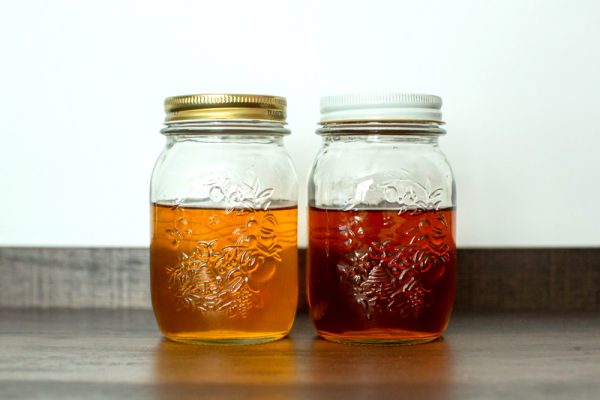
Copyright A Bar Above
FINAL THOUGHTS ON DIY GIN
Overall, both attempts tasted like gin and were complex and tasty. I’d like to try rose petals instead of rosehips next time; but we had rosehips on hand already, so it was easy to throw them in.
While researching, I saw recipe instructions ranging from a 12-hour steep to a couple of days for the infusion. As I mentioned, both gins were already pretty strong after 24 hours– which makes sense since I used half the amount of liquor than the Craft Gin Club recipe called for.
So just be willing to taste and adjust your time accordingly. If you use 375 ml of liquor, it’s likely your gin will only need to sit for 24 hours. It doesn’t take a bunch of time to steep! And don’t forget to shake your gin distillate a couple of times in the process.
And don’t be afraid to play with the flavor profile and ingredients! There were a lots of popular gin botanicals I could have added, but I worked with what we had in our pantry and didn’t want to order too many new ingredients. Remember, as long as you include juniper, you can throw in whatever other botanicals you want.
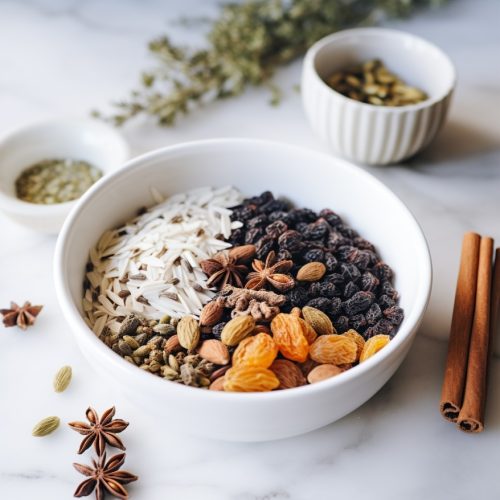
Copyright A Bar Above
Here are some popular ingredients and extra botanicals I didn’t use but that you might want to include for a complex flavour profile:
- Angelica root
- Grapefruit peel
- Allspice berries
- Licorice powder
- Orris root
- Cassia bark
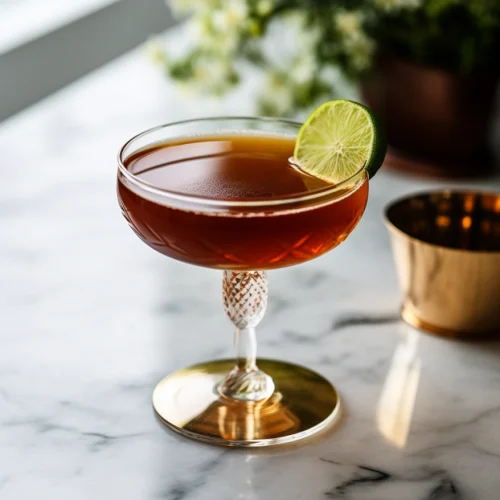
Copyright A Bar Above
Let me know in the comments what you think of the finished product, how you modified the recipes, or what homemade gin recipes you’ve come up with yourself. You can also share your techniques and recipes in our Craft Cocktail Club– we’d love to see what you’ve created! Turns out you don’t need to be a master distiller to make gin at home!
And if you need any equipment for making your own gin (or cocktails), head over to our shop. I used the A Bar Above muddler and fine strainer to DIY my own gin, so make sure to grab those if you don’t already have them! Cheers, gin drinkers!




I followed your recipe – mostly – using 180 proof vodka (I work at a distillery and was able to get high proof vodka). The final product was yellow but tasted great but when I proofed it down using distilled water it got really cloudy. What proof did you start with?
Hi, Jennifer–
Great question! I used 47% ABV (about 94-proof), so about half of what you were working with. My final product was also yellow from the botanicals used, but it was really good!
Can you use Everclear (grain) alcohol instead of vodka as the base?
With the caveat that I have not personally tried Everclear instead of vodka, the answer is yes. Our buddy Jeffrey Morgenthaler has an article on his site about making gin; if you scroll down to the comments, someone named Bryan (comment from January 22, 2016) details how you can sub in Everclear and cut it with water:
https://jeffreymorgenthaler.com/how-to-make-your-own-gin-without-a-still/
Hope that helps!
is it possible to distill “steeped” gin to clarify it or does this just spoil the flavour?
You can! You’ll need a copper distilling pot or similar product. Self-distilling actually isn’t legal in the States, which is why we don’t offer directions on the process. But if you’re in the UK or other area where there aren’t such strict regulations, then you can steep for about 24 hours and then distill, according to my research. It should affect the color without affecting the taste much.
Here’s a forum about home distillation that includes some recipes and more detailed instructions:
https://homedistiller.org/forum/viewtopic.php?t=73049
Hope that helps, and happy gin-making!